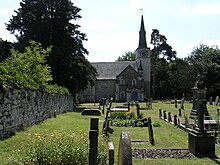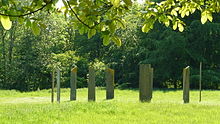
Surrey is a ceremonial county in South East England. It is bordered by Greater London to the northeast, Kent to the east, East and West Sussex to the south, and Hampshire and Berkshire to the west. The largest settlement is Woking.
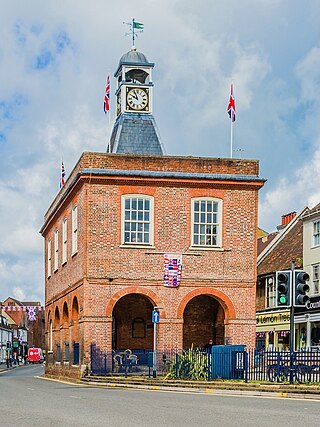
Reigate is a town in Surrey, England, around 19 miles (30 km) south of central London. The settlement is recorded in Domesday Book of 1086 as Cherchefelle, and first appears with its modern name in the 1190s. The earliest archaeological evidence for human activity is from the Paleolithic and Neolithic, and during the Roman period, tile-making took place to the north east of the modern centre.

Redhill is a town in the borough of Reigate and Banstead within the county of Surrey, England. The town, which adjoins the town of Reigate to the west, is due south of Croydon in Greater London, and is part of the London commuter belt. The town is also the post town, entertainment and commercial area of three adjoining communities : Merstham, Earlswood and Whitebushes, as well as of two small rural villages to the east in the Tandridge District, Bletchingley and Nutfield.

Walton-on-the-Hill is a village in the Reigate and Banstead district, in the county of Surrey, England. It is midway between the market towns of Reigate and Epsom. The village is a dispersed cluster on the North Downs centred less than one mile inside of the M25 motorway. The village hosts the Walton Heath Golf Club, whose former members include King Edward VIII, Winston Churchill and David Lloyd George.

Betchworth is a village and civil parish in the Mole Valley district of Surrey, England. The village centre is on the north bank of the River Mole and south of the A25 road, almost 3 miles (4.8 km) east of Dorking and 3 miles (4.8 km) west of Reigate. London is 19.5 miles (31.4 km) north of the village.

Nork is a residential area of the borough of Reigate and Banstead in Surrey and borders Greater London, England. Nork is separated from its post town Banstead only by the A217 dual carriageway, and the built-up area is also contiguous with similar parts of Tattenham Corner and Burgh Heath. A thin belt of more open land separates it from the communities to the north: Epsom, Ewell, Cheam and Belmont. There are two parades of shops, one called the Driftbridge and another at the north-eastern end of Nork Way, the street which runs centrally through the residential area. Nork lies on chalk near the top of the gentle north-facing slope of the North Downs, 175 m (575 ft) above sea level at its highest point.

Kingswood or Kingswood with Burgh Heath is a residential area on the North Downs in the borough of Reigate and Banstead in Surrey, England. Part of the London commuter belt, Kingswood is just to the east of the A217 separating it from Tadworth and has a railway station. Burgh Heath in its north is combined with it to form a ward. Reigate is 3.6 miles (5.8 km) south of its centre and London is 15.5 miles (24.9 km) to the north northeast. Kingswood with Burgh Heath had a population of 6,891 in 2011.
Gatton was a parliamentary borough in Surrey, one of the most notorious of all the rotten boroughs. It elected two Members of Parliament (MPs) to the House of Commons from 1450 until 1832, when the constituency was abolished by the Great Reform Act. Around the time of that Act it was often held up by reformers as the epitome of what was wrong with the unreformed system.

The Royal Alexandra and Albert School is an all-through co-educational boarding school near Reigate, Surrey. The headmaster as of 2022 is Morgan Thomas. The Royal Alexandra and Albert School Act 1949 united The Royal Alexandra School, which was founded in 1758, and The Royal Albert Orphan School, which was founded in 1864 as a national memorial to Prince Albert, late husband of Queen Victoria. It is one of 32 state-maintained boarding schools in England and Wales, and the only one to educate children from primary school years to sixth form.

Reigate Priory is a Grade I listed building in Reigate, Surrey, England. It was founded in the first half of the 13th century as an Augustinian priory. Following its dissolution in 1536, the buildings were converted to a private residence for William Howard, 1st Baron Howard of Effingham. Later owners included Charles Howard, 1st Earl of Nottingham, who led the English fleet against the Spanish Armada, and John Parsons, one of the MPs for Reigate and the former Lord Mayor of London.

Norbury Park is an area of mixed wooded and agricultural land surrounding a privately owned Georgian manor house near Leatherhead and Dorking, Surrey. On the west bank of the River Mole, it is close to the village of Mickleham.
There have been two baronetcies created for persons with the surname Colman, both in the Baronetage of the United Kingdom.
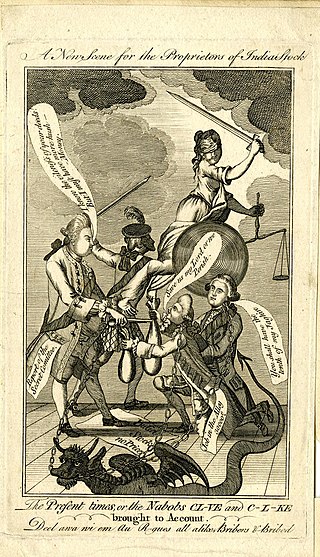
Sir George Colebrooke, 2nd Baronet was an English merchant, banker and politician who sat in the British House of Commons from 1754 to 1774, representing the constituency of Arundel. Born in Chilham, Kent, he was also a stockjobber and nabob with close ties to Robert Clive and Alexander Fordyce who thrice served as the chairman of the East India Company in 1769, 1770 and 1772 respectively. His financial activities, which included the ownership of slave plantations in the West Indies, resulted in Colebrooke coming into the possession of a large fortune; however, he went bankrupt through poor speculations during the British credit crisis of 1772–1773.

Sir Jeremiah Colman, 1st Baronet, DL was an industrialist who developed Colman's Mustard into an international concern.
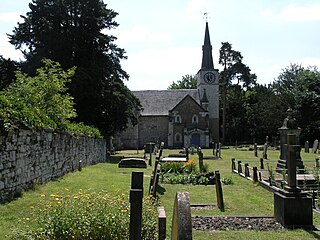
Gatton is a former village in the Borough of Reigate and Banstead, Surrey, England. It survives as a sparsely populated, predominantly rural locality, which includes Gatton Park, no more than 12 houses, and two farms on the slopes of the North Downs near Reigate.

Botleys Mansion is a Palladian mansion house in the south of Chertsey, Surrey, England, just south of St Peter's Hospital. The house was built in the 1760s by builders funded by Joseph Mawbey and to designs by Kenton Couse. The elevated site once bore a 14th-century manor house seized along with all the other manors of Chertsey from Chertsey Abbey, a very rich abbey, under Henry VIII's Dissolution of the Monasteries and today much of its land is owned by two hospitals, one public, one private, and the local council authority. The remaining mansion and the near park surrounding were used for some decades as a colony hospital and as a private care home. The building is owned and used by a wedding venues company.
Henry Ernest Milner was an English civil engineer and landscape architect.

The Church of St Andrew, Gatton is a Church of England church in Gatton, near Reigate in Surrey, England. It is a Grade I listed. The earliest record of a church on the site is in 880AD. Some fabric from the 13th century survives including a piscina and the font, but the church we see today mostly dates from an idiosyncratic restoration by Frederick, Baron Monson, and his architect E. Webb in 1834.
Edward White (1873–1952) was an English landscape architect and garden designer. He was a founder member of the Institute of Landscape Architects and president from 1931–1933. He was married to Winifrid, daughter of Henry Ernest Milner, with whom he was partners in the firm of Milner, White & Son.



